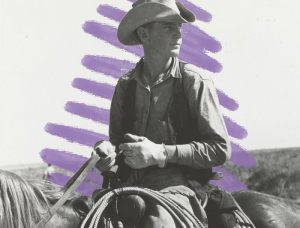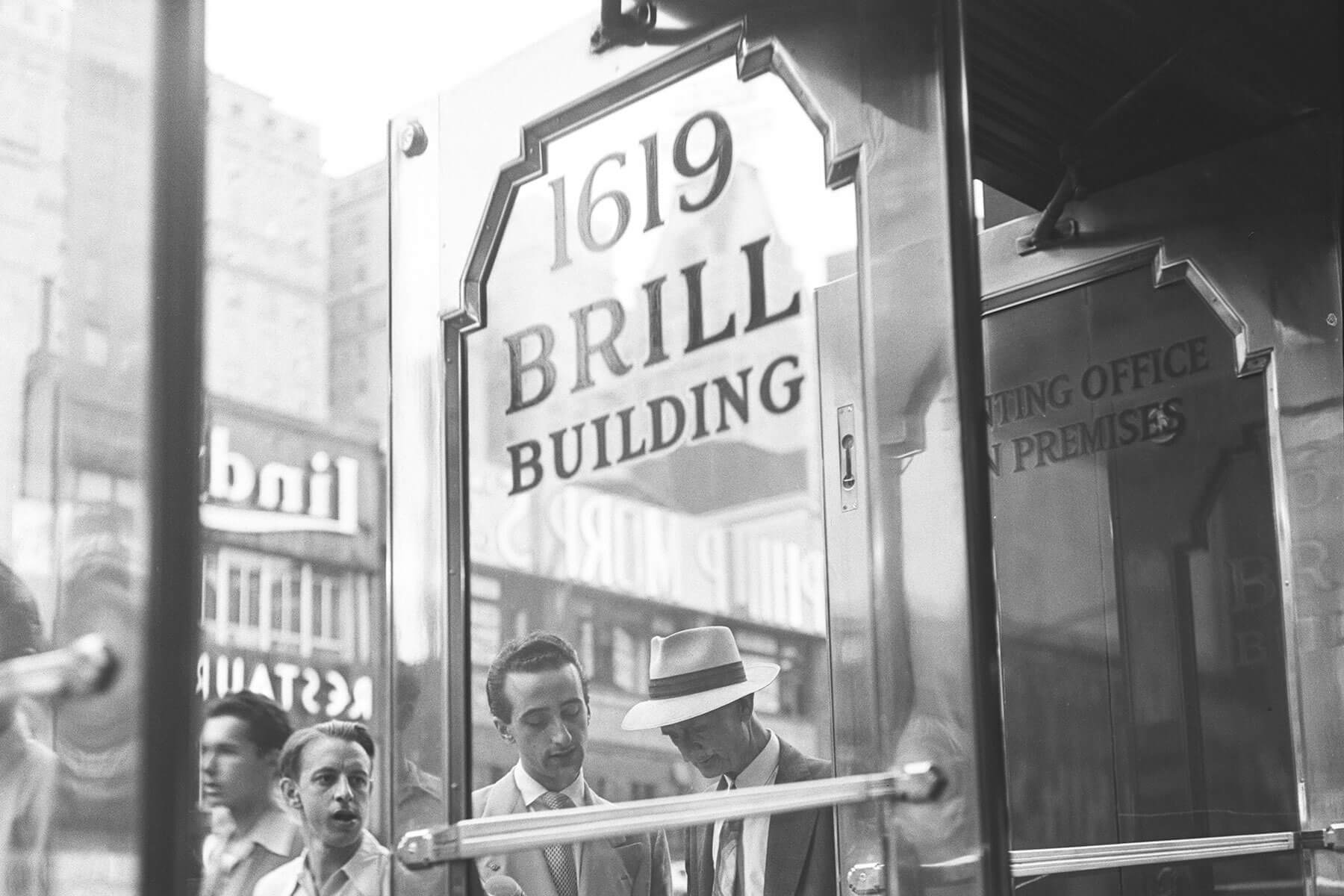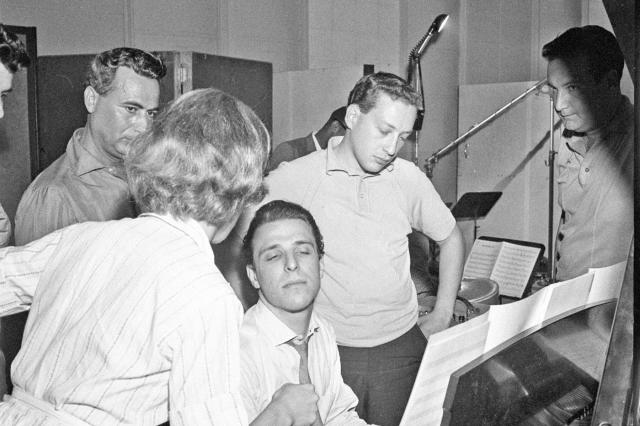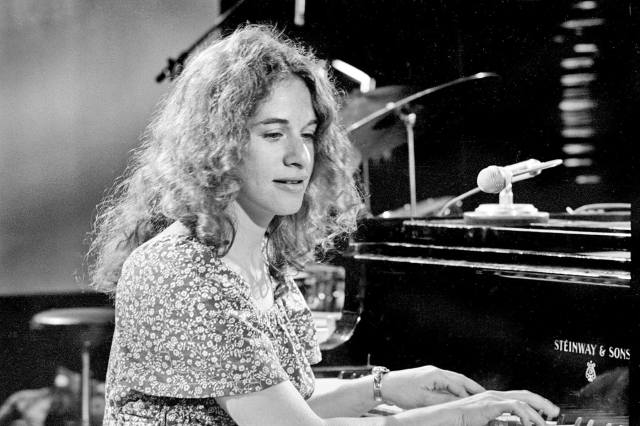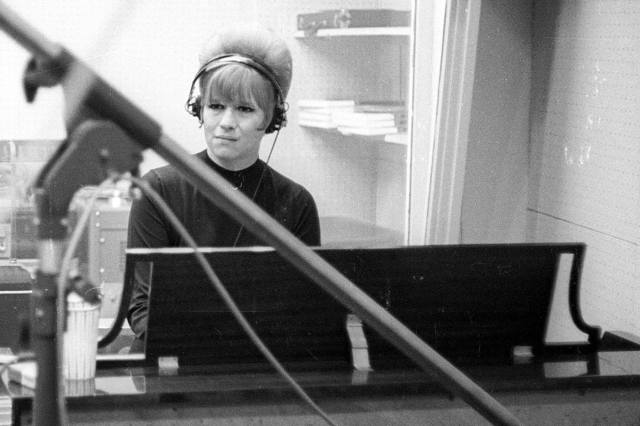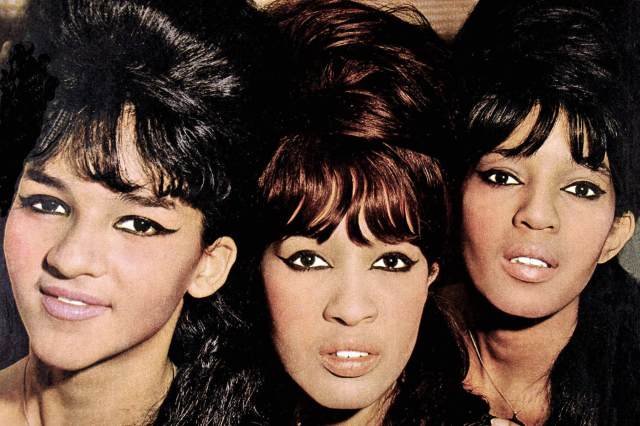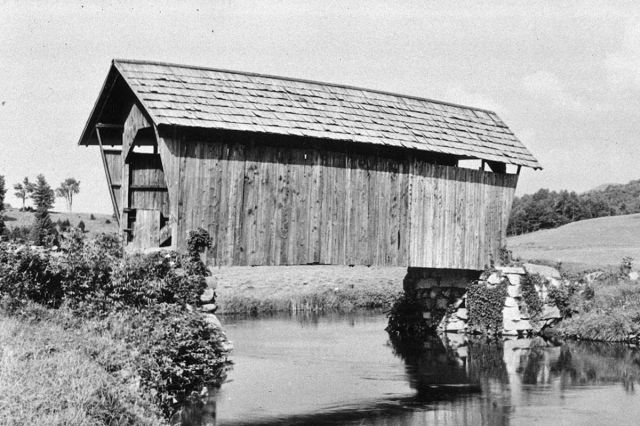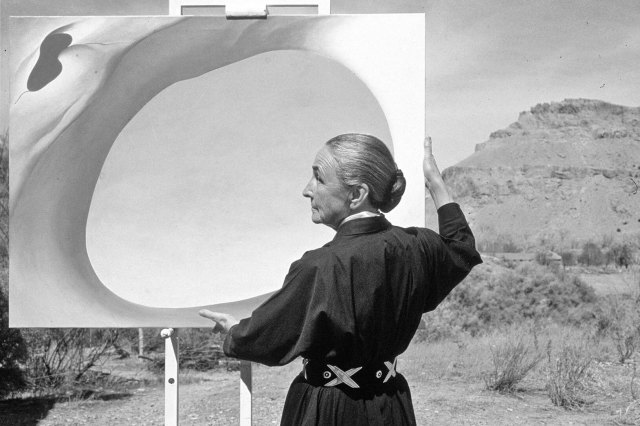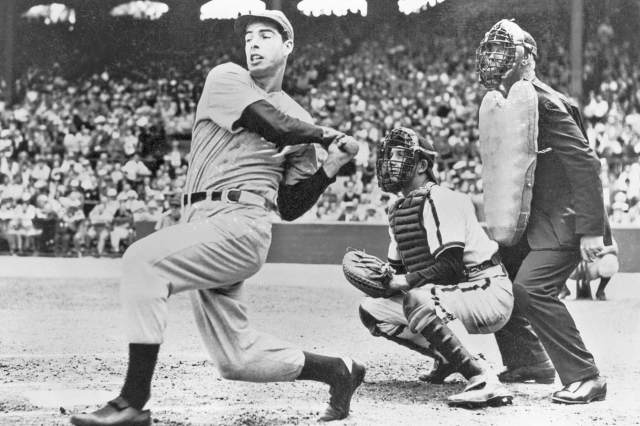How the Brill Building Changed Pop Music
The Brill Building isn’t just an art deco structure in midtown Manhattan — it’s also the name of a musical genre. Throughout the early and mid-1960s, the “Brill Building sound” became synonymous with groundbreaking pop music. The heyday of the Brill Building era was short-lived, but in one six-year span, the songwriters, arrangers, musicians, and producers behind this sound contributed to hundreds of Billboard Hot 100 hits, including “Stand By Me” (Ben E. King, 1962), “One Fine Day” (the Chiffons, 1963), and “Be My Baby” (the Ronettes, 1963).
Located at 1619 Broadway in New York City, the Brill Building was a hub of songwriters, record labels, and recording studios, all under one roof. It built on the tradition of the “Tin Pan Alley” district before it — a concentration of music publishers and studios in a strip of Manhattan that dominated the music industry in the big-band era. But while their downtown predecessors were mainly concerned with the profits produced by pumping out sheet music for radio hits, the writers and producers at the Brill Building were also on a mission of artistic idealism. Their compositions drew inspiration from classical music, Latin music, traditional Black gospel, and rhythm and blues to create songs that appealed to an audience already hungry for the new sound of rock ’n’ roll. The assembled talent was a once-in-a-generation roster of songwriters, including Burt Bacharach and Hal David, Gerry Goffin and Carole King, and Neil Diamond. Together, they produced sophisticated songs that were directly aimed at a new, youthful generation and a powerful rising subculture: teenagers.
By the mid-’60s, an increasing number of artists — such as the Beatles and Bob Dylan — began composing and playing their own material, making the songwriter-for-hire less of a necessity. As Dylan wrote in 1985, “Tin Pan Alley is gone. I put an end to it. People can record their own songs now.” This may be true, but the creators behind the Brill Building sound helped make the ascent of these singer-songwriters possible. Here are five ways the Brill Building shaped popular music in the 20th century.

It Pioneered “Assembly-Line Pop”
The Brill Building employed a model of vertical integration that supervised every phase of a song’s life cycle, from production to distribution, all under one roof. The 11 floors of 1619 Broadway and a few surrounding buildings became a one-stop shop where a songwriter could pen a would-be hit, sell it to a publisher, find a band, and cut a demo. Songs could even be played for radio promoters in the building to garner airplay. This new type of streamlined hitmaking — often called “assembly line pop” — gave publishers and producers a huge pool of material to choose from and encouraged creative collaboration, merging art and commerce in a new way.
